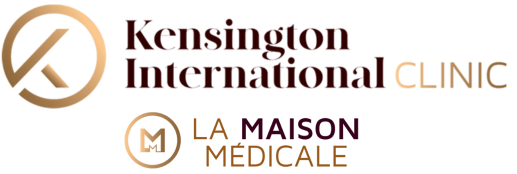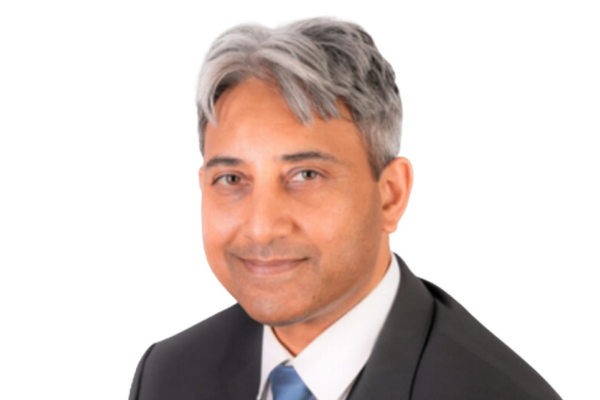Endoscopy is a diagnostic medical procedure that’s minimally invasive. Physicians use it to view interior surfaces of a tissue or organ, allowing them access to certain cavities of the body they normally can’t see while performing a standard examination procedure.
Nasal endoscopy, also referred to as Rhinoscopy, is typically performed in an otolaryngologist’s or ear, nose, and throat office where they have a direct, high-quality and magnified vision as they evaluate your sinus and nasal passages.
The single-use Ambu Rhino-Laryngoscope is a fine flexible (non-rigid) tube that is inserted via the nose to visualise and photodocument the appearance of the whole of the upper aero-digestive tract. This includes the nose, pharynx (throat) and larynx (voice-box), as well as allow images to be taken from inside the mouth and ear canal openings. That means there needs to be mention that flexible nasendoscopy is used also for investigating causes for voice, swallow, airway and snoring symptoms additonally.
A classic nasal endoscope is an instrument that consists of a rigid, thin tube with fiber-optic cables. It connects to a video camera and light source where magnified images project onto a screen. The otolaryngologist then captures and records the endoscopic images to document for each patient.
The procedure helps with diagnosing and treating different health conditions. Sometimes, the physician may use small tools to perform certain tasks like gathering tiny tissue samples.


